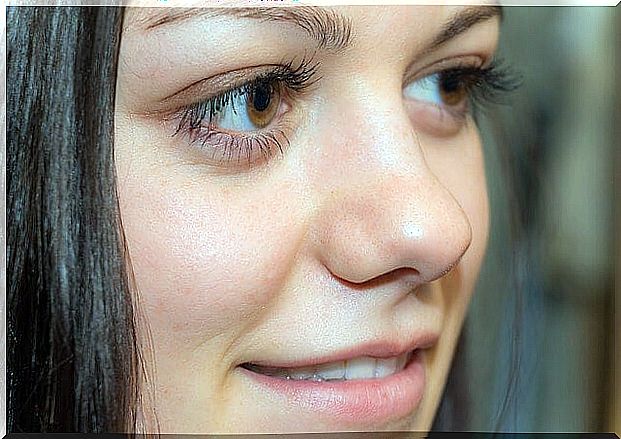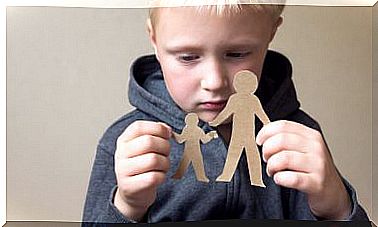The Importance Of Visits To The Ophthalmologist

Visits to the ophthalmologist should be made periodically and, above all, in the first months of life.
This commitment should be increased when there are members with visual impairments in the family. Family history, as in other conditions, can influence the good visual health of the child.
There are eye problems that can be easily diagnosed and treated. One of them is lacrimal obstruction.
This anomaly occurs when the tear duct becomes obstructed and the child’s eyes begin to look watery and runny.
In most patients, lacrimal obstruction can be resolved at home with eye massages and antibiotic eye drops.
But not all a child’s eye problems are so easy to diagnose and remedy.
For this reason, we emphasize the importance of visits to the ophthalmologist from an early age.
Symptoms of visual problems in children
Your toddler surely can’t tell you that he has vision problems.

You, as the main person in charge of his physical health, must be attentive to the symptoms that reveal a visual disorder in him.
Some of these signs are:
• Bloodshot eyes
• Tearing
• Approaching books during reading, television, or any other object you see in detail
• Headache
• Drooping eyelids
• Itchy eyes
• Discomfort against light
• Constant collision with objects in its path
• Whitish pupil
Eye disorders in childhood
It is recommended that the family does not wait for the child to have a vision problem before taking him to an ophthalmologist.
We must bear in mind what an early diagnosis of any vision-related condition means, especially considering that sight is one of the most important senses.
There are childhood eye disorders that your child may be presenting and not even realizing it.
Ametropia
Decreased visual acuity or ability. The most common are hyperopia, myopia and astigmatism
Congenital cataracts
Opacity of the lens (part of the eye that allows the elements to focus and helps to form images on the retina) of hereditary origin or due to an injury produced when the baby was still in the uterus
Childhood glaucoma
Increased eye pressure in the child. In most patients it is of hereditary origin and, although it is rare, it is diagnosed within the first 3 years of life.
Strabismus: one of the most common eye disorders in childhood
Strabismus is an eye problem characterized by the deviation of one or both eyes.
This dysfunction is noticeable when the child’s gaze is observed and the eyes are not parallel.
It is normal that in the first months of life children’s eyes twist in some of the gaze positions.
This can occur up to 6 months of age without meaning that the infant will suffer from strabismus; from here, it can be a visual defect.
During the first years of life, strabismus is usually corrected with contact lenses, glasses or by covering the other eye; this, depending on the diagnosis.
Amblyopia: a brain that does not learn to see well
Like other organs and systems of the body, our visual system, at birth, is not fully developed.
As we grow, it is when we reach the visual faculties that we can count on for much of our lives.
In this sense, it is important to know that the child is born with an underdeveloped brain and that from the stimuli it receives and its interaction with the environment, it evolves and establishes neural connections.

One of those connections that are made in the first months of life is that of vision.
If the child has a lack of vision in one eye and this problem can be corrected early, it is essential that it be done before this abnormality is permanently “recorded” in the brain.
Amblyopia is a decrease in visual capacity in one or both eyes determined by the lack of visual stimulation when the neurons that are responsible for vision are making their connections (synapses).
This lack of visual stimuli means that the brain does not capture images clearly, even when the other organs responsible for vision are in perfect working order.
That is why it is said that the brain does not learn to see.
The importance of visits to the ophthalmologist
To conclude we have two things to remind you:
Number 1: An early diagnosis is a timely way to stop any dysfunction that a child may present
Number 2: Ensuring good eye health for your child should be a priority for you.









